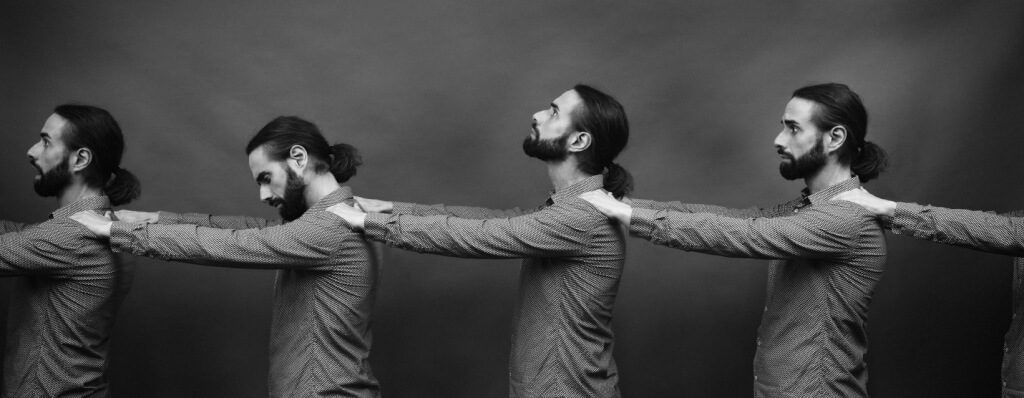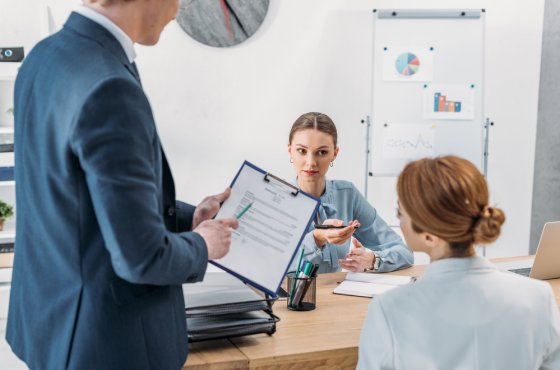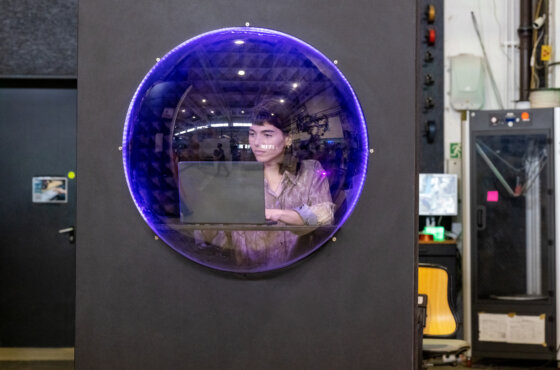Similar as twins, but not relatives: scientists have figured out how and why doppelgangers appear
Your doppelgänger, the person who looks just like you, is not your twin, but if scientists compare your genomes, they may find a lot in common, reports The New York Times.

Photo: IStock
When European Council President Charles Michel arrived in Ukraine for the Crimean Platform summit, the meeting was attended by Ukrainian Prime Minister Denys Shmyhal. Before the representatives of the countries had time to discuss all issues regarding the territorial integrity of the country, both politicians became heroes of memes, because outwardly it was difficult to distinguish them, reports Shariy.net. They quickly became the heroes of all kinds of memes.
President of Ukraine Zelensky, President of the European Council Charles Michel (left) Prime Minister Shmyhal (right), if anything… ☺️ pic.twitter.com/YVwW9DtZlj
— Putin, look at Ukraine! (@AllaUkraine2015) August 23
Denys Shmyhal himself also joked about this topic, calling Charles Michel "similar in spirit."
Some of them are Shmyhal, and some are Michel. It seems that somewhere in Europe there is a factory for stamping European integrators pic.twitter.com/GAk7t8qEvu
— Vladimir Kornilov (@Kornilov1968) February 9, 2021
And Charlie Chasen and Michael Malone met in Atlanta in 1997, when Malone was a guest vocalist in Chasen's band. They quickly became friends, but did not notice what others saw: two men could pass for twins.
Malone and Chasen are doppelgangers. They look strikingly similar, but are not related. Their immediate ancestors are not even from the same parts of the world; Chasen's ancestors are from Lithuania and Scotland, while Malone's parents are from the Dominican Republic and the Bahamas.
The two friends, along with hundreds of other unrelated doppelgangers, participated in a photography project by Canadian artist Francois Brunel. A series of photos "I'm not a double!" was inspired by Brunel's discovery of his own doppelgänger, English actor Rowan Atkinson.
The project became a hit on social media and other parts of the internet, but it also caught the attention of scientists studying genetic relationships. Dr. Manel Esteller, researcher at the Leukemia Research Institute. Josep Carreras in Barcelona, Spain, had previously studied the physical differences between identical twins and wanted to explore the other side: people who look alike but aren't related. "How to explain it?" he asked.
In the study, published Aug. 23 in the journal Cell Reports, Dr. Esteller and his team recruited 32 pairs of doppelgangers from Brunel's photographs to take DNA tests and fill out questionnaires about their lifestyle. The researchers used facial recognition software to quantify the similarities between participants' faces. Sixteen of these 32 pairs achieved the same total scores as identical twins analyzed by the same software. The researchers then compared the DNA of these 16 pairs of doppelgangers to see if their DNA was as similar as their faces.
Dr. Esteller found that the 16 pairs that were "true" twins had significantly more genes in common than the other 16 pairs that the program deemed less similar. “These people are really similar because they share important parts of the genome or DNA sequence,” he said. That people who look more similar have more genes in common “seems like common sense but has never been proven,” he added.
However, DNA alone cannot tell the whole story of our structure. Our life experiences and the experiences of our ancestors influence which of our genes are turned on or off - what scientists call our epigenomes. And our microbiome, our microscopic co-pilot of bacteria, fungi and viruses, is even more dependent on the environment. Dr. Esteller found that while the twins' genomes were similar, their epigenomes and microbiomes were different. “Genetics unites them, and epigenetics and the microbiome separate them,” he said.
This discrepancy tells us that the similar appearance of the couples has more to do with their DNA than with the environment in which they grew up. This surprised Dr. Esteller, who expected to see more environmental influences.
Since the appearance of doppelgangers is more related to shared genes than to shared life experiences, this means that to some extent their similarities are just an accident caused by population growth. After all, there are not many ways to build a face.
“There are so many people in the world right now that the system is repeating itself,” said Dr. Esteller. It's perfectly reasonable to assume that you might have a doppelgänger too.
Dr. Esteller hopes the results of the study will help doctors diagnose diseases in the future - if people have enough similar genes to look the same, they may have a common disease predisposition.
“There seems to be something quite strong, genetically speaking, that makes two people look alike with similar genome-wide profiles,” said Olivier Elemento, director of the Englander Institute for Precision Medicine at Weill Cornell Medicine in New York. According to him, discrepancies between DNA predictions and the actual appearance of people can alert doctors.
Dr. Esteller also suggested that there may be links between facial features and behavioral patterns, and that the results of the study could one day help forensics by providing insight into the faces of crime suspects known only from DNA samples. However, Daphne Marchenko, a research fellow at the Stanford Center for Biomedical Ethics who was not involved in the study, urged caution when applying its results to forensics.
You may be interested in: top New York news, stories of our immigrants, and helpful tips about life in the Big Apple - read it all on ForumDaily New York.
“We have already seen many examples of how existing facial algorithms have been used to amplify existing racial bias in things like housing, hiring and criminal profiling,” said Dr. Marchenko, adding that the study “raises many important ethical questions.” ".
Despite the potential pitfalls of linking people's looks to their DNA or their behavior, Malone and Chasen said that the doppelgänger project and the knowledge that we could all have a secret twin was a means of bringing people together. The two have been friends for 25 years; when Chasen got married last week, Malone was the first person he called. While not all people with similar DNA share this connection, Malone said he sees Brunel's photography project as "another way to connect us all."
Read also on ForumDaily:
Dinosaur footprints 100 million years old found at the bottom of a dry river in Texas
Fruit is not suitable for vegans: popular supermarket chain receives unexpected accusations
Subscribe to ForumDaily on Google NewsDo you want more important and interesting news about life in the USA and immigration to America? — support us donate! Also subscribe to our page Facebook. Select the “Priority in display” option and read us first. Also, don't forget to subscribe to our РєР ° РЅР ° Р »РІ Telegram and Instagram- there is a lot of interesting things there. And join thousands of readers ForumDaily New York — there you will find a lot of interesting and positive information about life in the metropolis.











